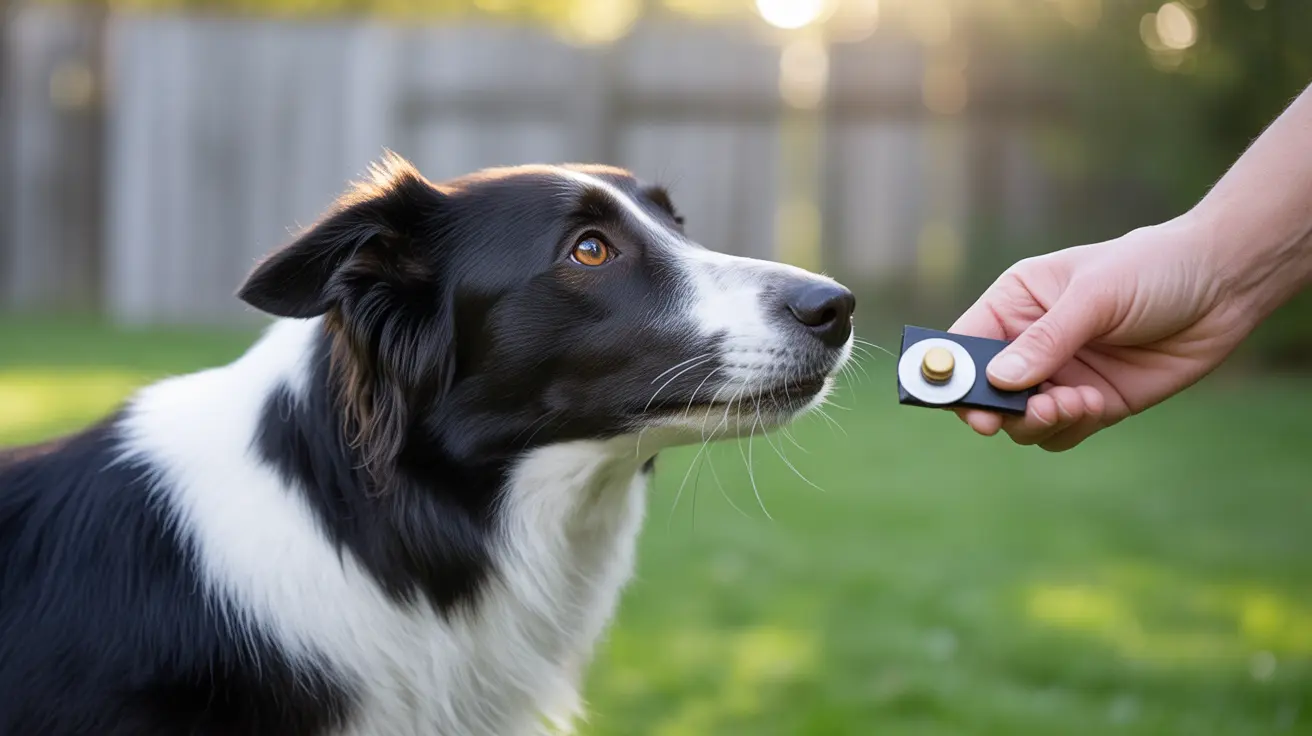When it comes to training our canine companions, the debate between balanced dog training and other methods continues to spark discussion among pet owners and professionals alike. This comprehensive guide explores the principles, techniques, and considerations of balanced dog training, helping you make informed decisions about your dog's behavioral education.
Understanding balanced dog training is crucial for pet owners considering different training approaches. This method combines both rewards and corrections, offering a multifaceted approach to canine behavior modification that some trainers believe provides more complete results.
What is Balanced Dog Training?
Balanced dog training incorporates all four quadrants of operant conditioning, utilizing both positive reinforcement and corrective measures. This approach aims to create well-behaved dogs through a combination of rewards for desired behaviors and consequences for unwanted ones.
The methodology includes:
- Positive reinforcement (treats, praise, toys)
- Negative reinforcement
- Positive punishment
- Negative punishment
Tools and Techniques in Balanced Training
Balanced trainers employ a variety of tools and methods to achieve their training goals. These typically include:
Reward-Based Tools
- Treats and food rewards
- Clickers
- Toys and play sessions
- Verbal praise
Corrective Tools
- Prong collars
- Slip leads
- Electronic collars
- Verbal corrections
The Science Behind Balanced Training
Research in canine behavior has shown mixed results regarding the effectiveness of balanced training methods. While some trainers report success with this approach, many veterinary behaviorists and professional organizations advocate for positive reinforcement-based methods instead.
Studies indicate that using aversive techniques, even within a balanced framework, can lead to increased stress and anxiety in some dogs. This has led to ongoing discussions about the long-term impact of different training methodologies.
Implementing Balanced Training Safely
If choosing balanced training methods, proper implementation is crucial for success and safety. This includes:
- Working with a qualified professional trainer
- Understanding proper timing and technique
- Reading your dog's body language
- Knowing when to adjust methods based on your dog's response
Comparing Training Approaches
While balanced training has its advocates, it's important to consider how it compares to other methods:
Balanced Training
- Combines rewards and corrections
- May provide faster results in some cases
- Requires careful implementation to avoid negative effects
Positive Reinforcement
- Focus solely on rewarding good behavior
- Supported by current scientific research
- Lower risk of behavioral side effects
Frequently Asked Questions
What is balanced dog training, and how does it differ from positive reinforcement?
Balanced dog training combines both rewards and corrections, while positive reinforcement focuses exclusively on rewarding desired behaviors. The main difference lies in the use of aversive techniques, which are present in balanced training but absent in positive reinforcement methods.
How do I implement balanced dog training without causing harm to my dog?
To implement balanced training safely, work with a certified professional trainer, start with positive reinforcement, and introduce corrections gradually and appropriately. Always monitor your dog's stress levels and adjust techniques accordingly.
Can balanced dog training address severe behavioral issues in dogs more effectively than positive reinforcement?
While some trainers claim balanced training is more effective for severe issues, research suggests that positive reinforcement can successfully address most behavioral problems when properly applied, often with fewer risks to the dog's emotional well-being.
What tools and techniques are commonly used in balanced dog training compared to positive reinforcement?
Balanced training uses both reward-based tools (treats, toys, clickers) and corrective tools (prong collars, e-collars). Positive reinforcement relies solely on rewards and management tools like front-clip harnesses and head halters.
Is balanced dog training safe and humane for dogs, or should I opt for positive reinforcement methods?
The safety and humane aspects of balanced training depend largely on proper implementation and the individual dog's temperament. Many professional organizations recommend positive reinforcement as the safer, more humane option with proven effectiveness.
Conclusion
While balanced dog training remains a popular approach among some trainers, it's essential to carefully consider the methods and their potential impact on your dog's well-being. Whether choosing balanced training or alternative methods, proper education, professional guidance, and careful implementation are crucial for success.






